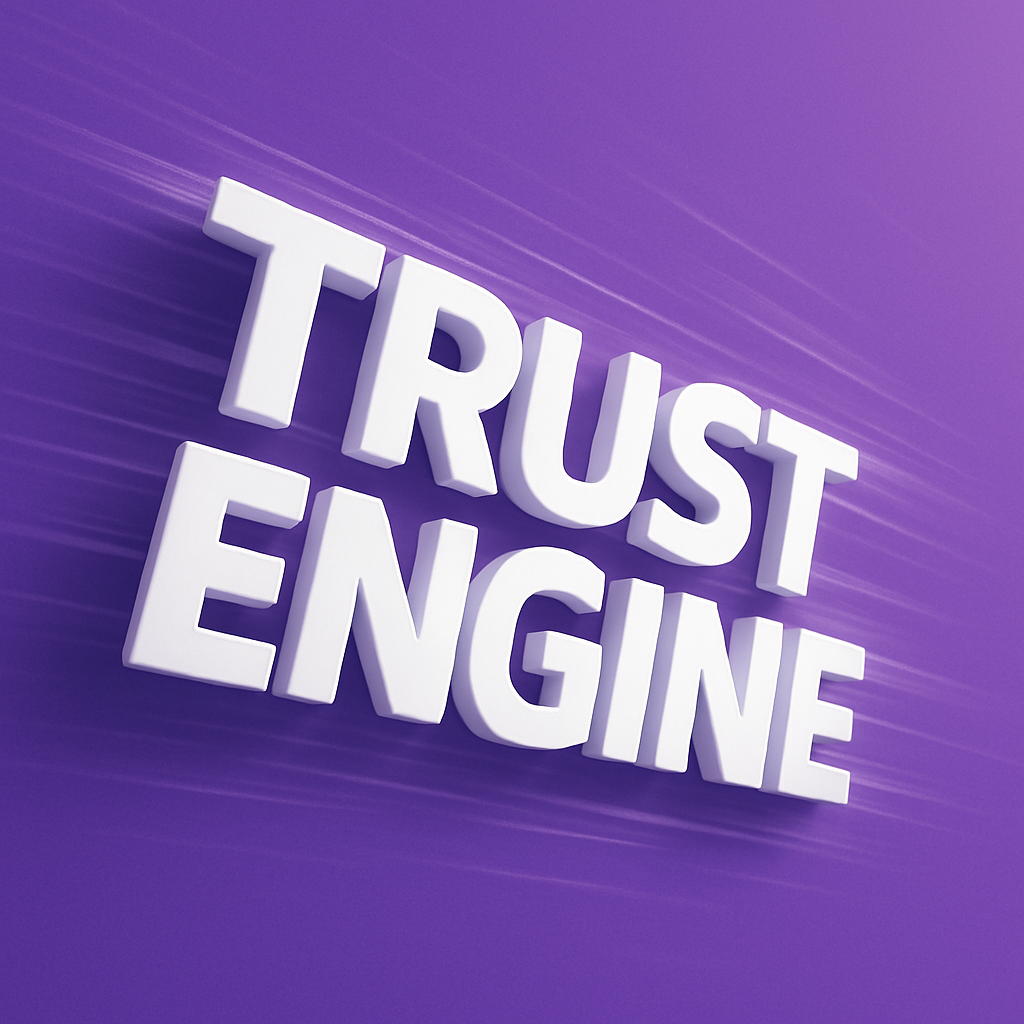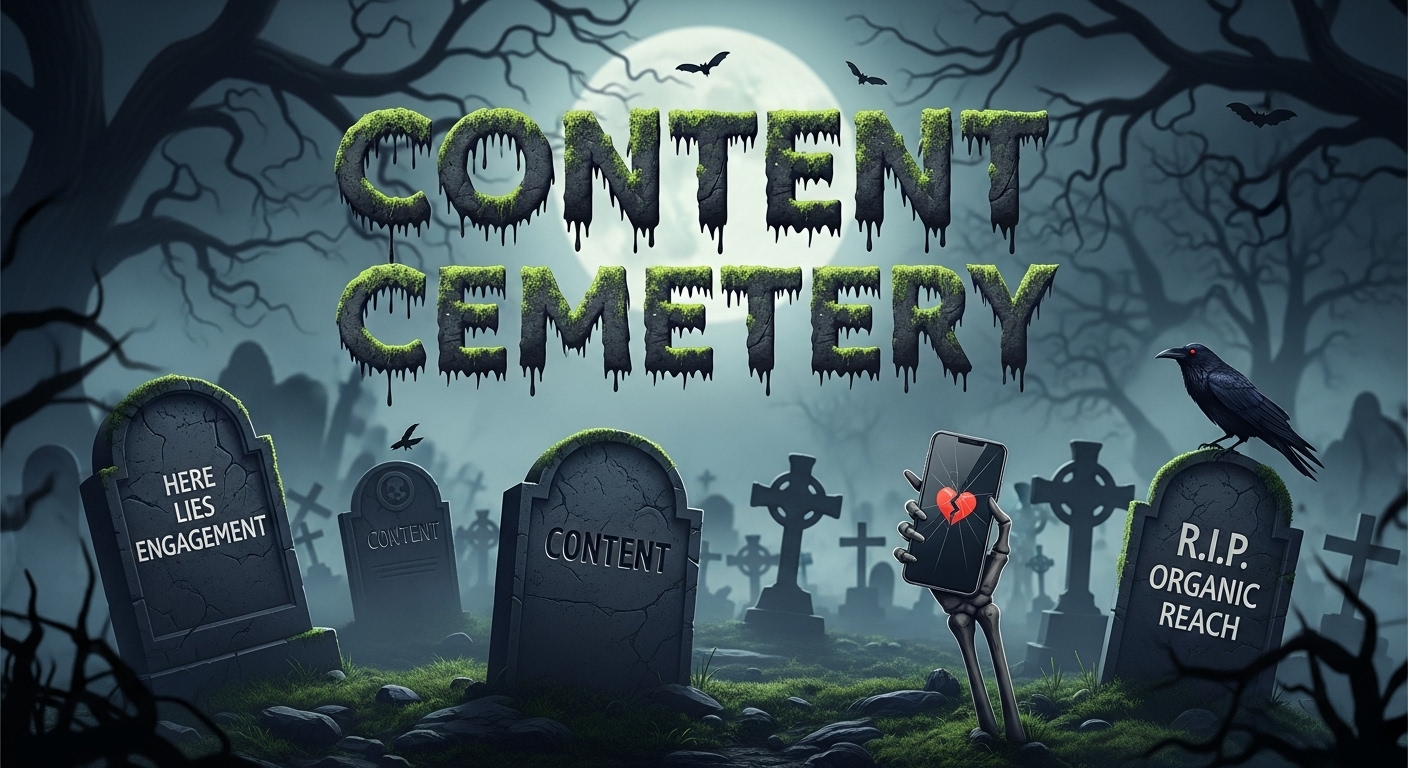
What to Do When Your KPIs Don’t Match Your Business Outcomes

Solving the major disconnect between business outcomes and KPIs is a big issue for many integrated marketing leaders.
It’s no surprise, when you consider the enormous landscape of moving parts to manage across company’s owned channels. Any digital touch point or web content (blog, videos, product pages, landing pages, interactive elements) plays a key role.
Why is there a disconnect?
Some organizations are limited by the surface-level metrics available to them. Others struggle with a top-down mandate on KPIs that doesn’t adequately measure marketing performance.
Most often, though, there’s not enough thought put behind how to measure what you’re trying to achieve.
Just take a look at last year’s annual report from Content Marketing Institute, for example. For the 84% of content teams at enterprise organizations that use metrics or KPIs to measure performance, the most commonly employed KPIs include website traffic, email and website engagement, social media analytics and conversion.
From the Content Marketing Institute’s Enterprise Content Marketing report
Comparatively, the same report identifies the top business outcomes, achieved through content marketing efforts, as: Creating brand awareness, building brand credibility, and educating the audience.
What’s interesting is that none of the KPIs above provide data that reflects these business outcomes.
This simple example showcases a striking misalignment between business outcomes and KPIs.
In order to successfully measure the impact of your digital touch points, every business outcome needs to be tied to a KPI. The way to ensure this? Use a measurement framework.
What is a measurement framework?
Let’s walk through how to ensure all of your business teams are structuring metrics and those all-important KPIs around your important business outcomes and objectives.
First, let’s define measurement framework.
Here at Knotch, we say that a measurement framework breaks down business outcomes and objectives into many targets and KPIs. A measurement framework gives your team the ability to measure the performance of your business activities in a quantitative way so that you can properly prove the efforts of your work.
Starting your measurement framework
At a high level, your measurement framework should identify your company’s vision, your key business outcomes, objectives for each individual outcome, and KPIs, tactics, and targets for each objective.
You might be familiar with this diagram, from our article on vanity metrics.
Your measurement framework will look similar to this but might also include other key variables such as:
Next Best Audience Action (NBAA)
The next best audience action is the next, most logical step that a prospect or customer will take within their overall journey to either buy your product/service, decide on a competitor, or continue with their status quo with no product or service.
These actions aren’t limited to your website or outreach materials but can expand outside of your immediate ecosystem. As a business, you should define what your audience’s NBAAs may be to ensure that you can provide them the best and most personalized experience.
Next Best Action (NBA)
Similar to the next best audience action, next best action is an internal concept that illustrates the next best action that you want your audience to take on the customer journey that you have designed for them.
Your NBAAs and NBAs won’t always match, but an ideal world, they would be identical.
So: As you evaluate your NBAs, look at your NBAAs. Try to map and design them in a way that mirrors your NBAAs to ensure that you capture your audience’s attention and keep them within your domains, so they don’t seek action elsewhere. Think about NBAs as the touch points that get someone to take that penultimate action or your high value action.
High Value Action (HVA)
High value actions are key actions that are catalysts for conversion. This could look like:
- For a SaaS company, signing up for the free version of your software or requesting a pricing consultation
- For a B2C retailer, taking an online quiz or downloading a coupon
- For a financial institution, playing with a loan rate calculator or downloading a guide
HVAs are something that your team should define to make sure everyone understands what success looks like. This typically aligns with how your business grows and achieves revenue, but in some rare cases, your HVA might be more targeted for a specific campaign.
Call to Action (CTA)
A call to action is an element within your digital touch points that prompts your audience to take a certain action, whether it’s to make a phone call, request a demo, download a white paper, buy a product or even something as simple as sign up for a newsletter or click to another article. The most important thing to remember about your CTAs is to be clear and intentional about the actions that you want your audience to take. Make sure to be strategic in your actions.
Business Outcomes
This is a concept that focuses on the intended outcomes your business is trying to achieve. Your business outcome or outcomes should be defined from the organizational level, as well as the departmental and team level. Each team is going to have different business outcomes that ladder up to the organizational business outcomes.
Use the organizational outcomes as your compass to ensure that your business outcomes are aligned with what your business is trying to achieve. For example, business outcomes for a demand generation team could be: Increase the understanding, awareness, and activation of our business’s portfolio offerings and increase commerce opportunities from campaign efforts.
Objectives
This concept might seem redundant to business outcomes, but objectives are important because they allow you to reach an understanding from multiple perspectives instead of just measuring your outcomes in a linear fashion.
To continue with the above example, if your demand generation team is trying to increase the understanding, awareness, and activation of your business portfolio offerings, this can actually be divided into three separate objectives:
- Increase understanding of portfolio offerings
- Increase awareness of portfolio offerings
- Increase activation of portfolio offerings
When broken out, you have three different objectives that all require specific KPIs and tactics that help you determine whether or not you’re reaching success.
Key Performance Indicators (KPIs)
KPIs will indicate how you successfully measure the outputs of your efforts. Make sure you choose one primary KPI for each objective. Secondary KPIs can be applied to get a more rounded perspective of what you are trying to measure. More on this here.
Tactics
Not to be confused with strategy, tactics are your approach to measuring and achieving understanding of your business outcomes.
To continue our example: Your demand gen team is trying to increase understanding, awareness, and activation of your business portfolio offerings. Let’s focus on the third objective, increase activation of portfolio offerings. You can measure activation by measuring quantity of demo requests, or you can measure further downstream by tracking number of opportunities generated and revenue booked.
If these are the KPIs that you are focusing on, your tactics should help support your objective. Here, you’ll want to ensure your analytics platform in your technology stack is set up with the right framework to quantify your overall efforts.
Target Incremental Increase
Like most businesses, you should create benchmarks for your teams to make sure they are not just striving to achieve your target goal but are aiming to exceed it. A 20% incremental increase tends to be a year-over-year standard for revenue targets, but for your measurement framework, you will want to take a look at past data to better assess what more realistic incremental targets should be. You want your team to not only reach those targets but also exceed them.
Your target incremental increase ties together your whole measurement framework because it aligns your team around specific goals that they can measure so that they can understand and tell the right story with the data.
Building your measurement framework
Your next step is to build a measurement framework and put it into practice. For some teams, this is easier said than done, but you’ll want to create alignment within your team about what your business outcomes are and what your team is trying to accomplish in relation to the organizational business outcomes.
Is your team in alignment? Do you have a clear understanding of what you're trying to achieve and why? Ready to get started?
Start building your measurement framework with our free framework template.
(A prompt to make a copy of the template will appear!)
..........
Building a measurement framework does take work, but implementation is often the most arduous piece.
Do you have the right technology stack and do you know the right way to go about measuring the data that you do have available?
If you are unsure about the answer to either of these questions, Knotch is here to help. Our consulting team can work with your team to design the right measurement framework so that you can prove your results and continue to secure budget.
Become a thought leader
Become a thought leader
Trusted by the largest (and now smartest) brands in the world.
“Before Knotch we did not understand what content was driving business results. Now we understand which content moves the needle. Knotch’s cohesive reporting and insights paint a real picture of what’s happening on our website instead of the patchwork quilt that comes from a Google Analytics approach. With Knotch we have been able to re-prioritize ad spend, route better leads to our SDR team, and inform our content development initiatives.”

"The Knotch platform ensures that we deliver high-performing content tailored to young home shoppers, enhancing their experience and driving better business outcomes.”

"Our partnership with Knotch has been highly successful, empowering us to leverage data-driven insights and refine our content strategy.”









